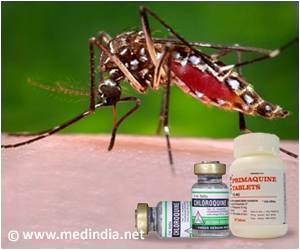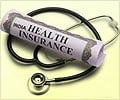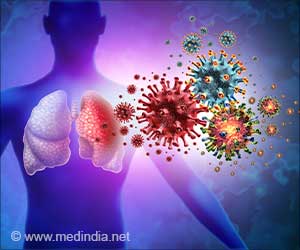Allocating limited health care resources in the developing world as effectively and equitably as possible is top most priority.

"We are using mathematical models implemented in user-friendly tools like Microsoft Excel to improve the allocation of limited resources across a network, especially in resource-poor settings," said Julie Swann, an associate professor in the H. Milton Stewart School of Industrial and Systems Engineering at Georgia Tech.
Swann reported on three global health case studies designed to improve the allocation of limited health care resources on Feb. 19, 2012 at the annual meeting of the American Association for the Advancement of Science (AAAS) in Vancouver, Canada.
For the first project, Swann and a group of graduate students created models to strategically determine how a nongovernmental organization (NGO) in South Africa should expand its breast milk donation and distribution network to the whole country. In the network, healthy mothers donate breast milk, which is stored in a local repository, transferred to a milk bank to be processed and then distributed to neonatal units where mothers cannot provide it themselves because of disease status or physical inability.
"We wanted to determine how we could provide breast milk to the most people while also being geographically equitable in terms of access," explained Swann, who holds the Harold R. and Mary Ann Nash chair at Georgia Tech. "We looked at the cost of equity and how that changed the distribution design."
To determine where the organization should expand its network and the best way to do so, the team used operations research to examine the existing and proposed locations in the network as well as what type of transportation would work best to cover the increased geographic area. The model recognized that breast milk supply increases with higher income and education levels and low HIV prevalence, while breast milk demand increases with lower income and education levels and high HIV prevalence.
Source-Eurekalert
 MEDINDIA
MEDINDIA




 Email
Email







